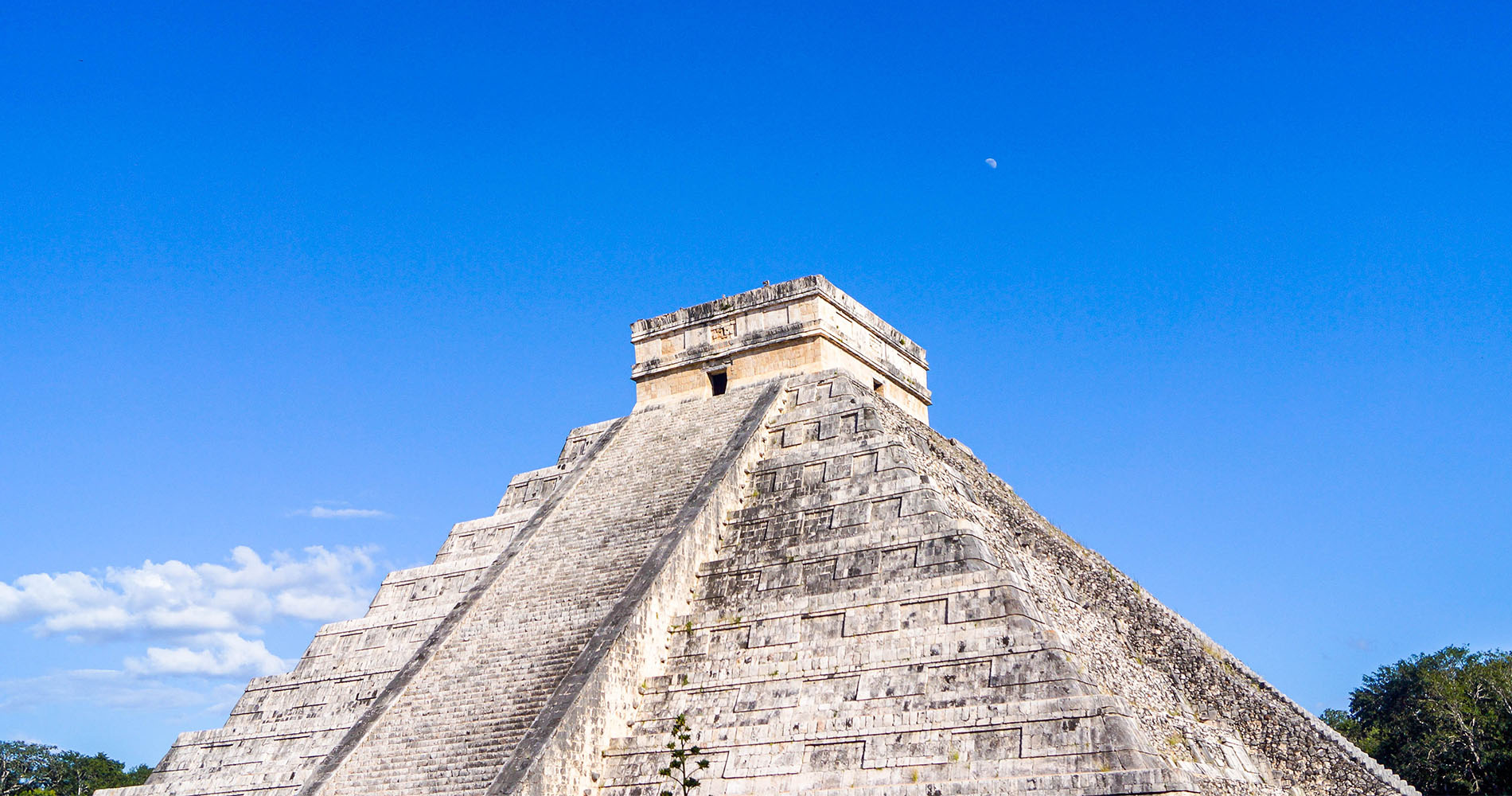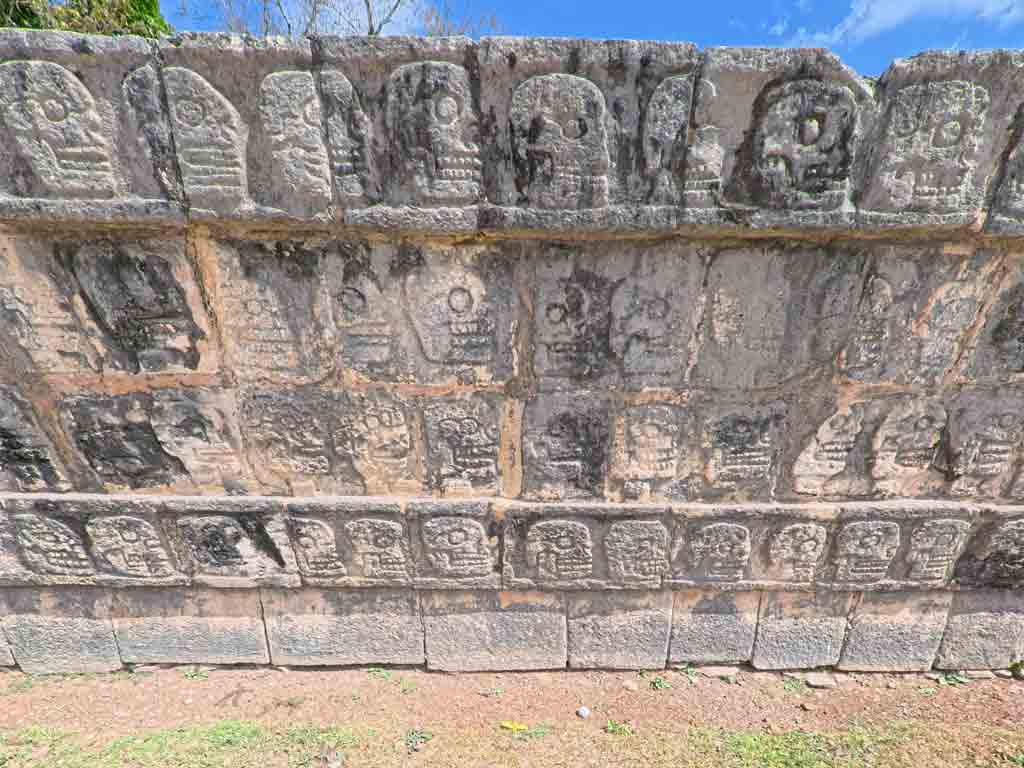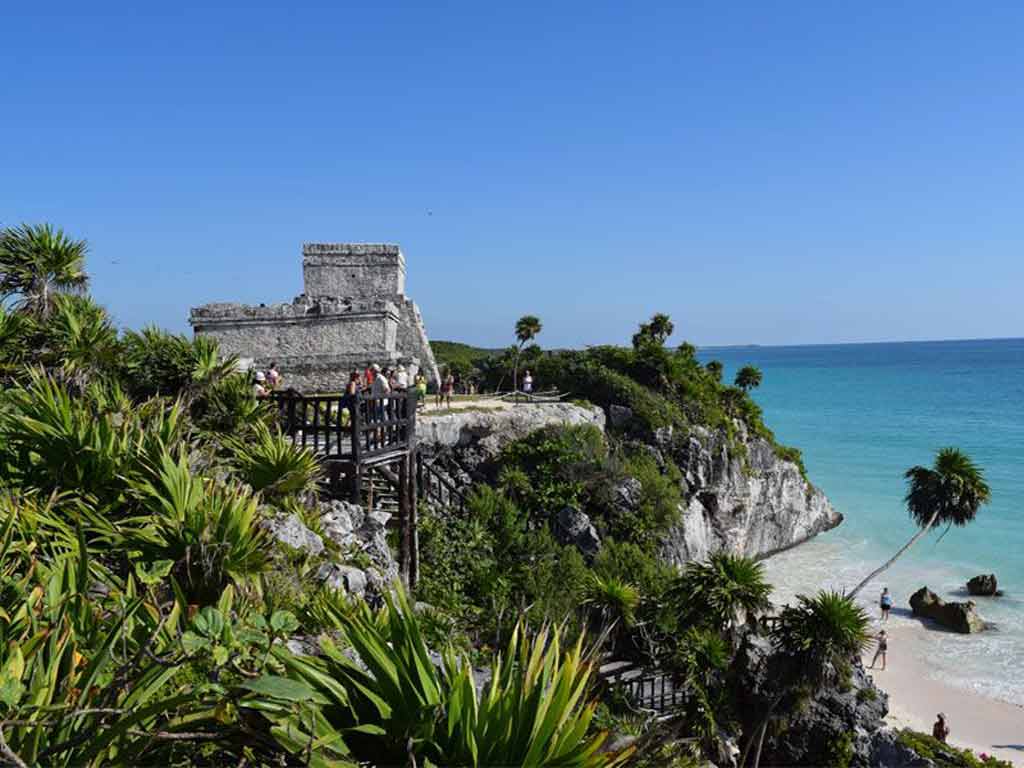Chichen Itza, Hubiku, Ek Balam and Mayan Town
This is our top tour in the Riviera Maya, the best-seller. Chichén Itzá is a must-visit for any traveler coming to the Riviera Maya, and it’s perfectly combined with the spectacular Hubiku Cenote and the beautiful archaeological site of Ek Balam — making it an unforgettable experience.
Include
• Pick-up and drop-off at your hotel
• Cookies and juice
• Transportation in an authorized vehicle with air conditioning
• Professional driver certified by the Ministry of Transport
• Archaeological guide certified by the National Institute of Anthropology and History (INAH)
• Entrance to all sites
• Non-alcoholic drinks during the tour
• Yucatecan gastronomic buffet meal
• Vehicles less than two years old
No include
- Drinks at the restaurant
- Tips for the guide and driver
- Pick-up and drop-off at your hotel will incur an additional fee if located in: Hotel Zone and Downtown Cancun = 15 USD / Cancun Costa Mujeres = 20 USD
Information Chichen Itza, Hubiku, Ek Balam and Mayan Town
What do you visit on the Chichén Itzá tour?
During this full-day excursion to Chichén Itzá—which in the Mayan language means “mouth of the well of the water sorcerers”—you will explore one of the most iconic archaeological sites on the Yucatán Peninsula. The centerpiece of the site is El Castillo de Kukulkán, a pyramid that represents the Mayan civil calendar. Other remarkable structures include El Caracol (also known as The Observatory), the Group of the Thousand Columns, La Iglesia, the Temple of Venus, Temple of the Jaguar, and the Great Ball Court, the largest built in all of Mesoamerica.
You’ll enjoy a 2-hour guided tour where you’ll learn about the history, symbolism, and purpose of each structure. Afterward, you’ll have 1 hour of free time to explore the site on your own or browse the artisan market within the complex, where you can find handmade souvenirs from the region.
What do you visit at Hubiku Cenote?
Just a few kilometers from Ek Balam, the Hubiku Cenote offers the perfect place for a refreshing swim. This natural sinkhole has a depth of 60 meters, and its entrance opens from 25 meters above the water surface. For the ancient Maya, cenotes were sacred, believed to be gateways to the underworld, and were used for offerings and sacrifices to the gods.
At Hubiku, you’ll have around 45 minutes to swim in the crystal-clear waters and another 45 minutes to enjoy a buffet meal in the on-site restaurant, which features a stunning palapa (traditional thatched roof structure). Although no Mayan communities exist today that live as they did over 800 years ago, this visit offers a clear glimpse into what their daily life may have looked like.
What do you visit at Ek Balam?
To end the day, we visit Ek Balam, which means Black Jaguar in Mayan. This city flourished during the reign of Ukit Kan Le’k Tok’, whose tomb lies within the main structure, known as La Acrópolis. The building features original friezes that are still 80% intact, showcasing royal figures and divine symbols.
Other highlights include Los Gemelos (The Twins), the Ball Court, and three Mayan stelae engraved with glyphs. Ek Balam is a later city than Chichén Itzá, and its architecture is renowned for its delicate detail and artistic beauty.
Legends and Myths of Yucatán’s Cenotes
Cenotes have long been surrounded by legends and mystery. According to ancient belief, these sacred waters held treasures offered by the gods in exchange for human sacrifices—often young virgins. Sacrifices were also made to ensure abundant harvests or to request divine favors.
If you’re curious to learn more about these traditions, the Government of Yucatán has published official material on the legends and myths of cenotes.





